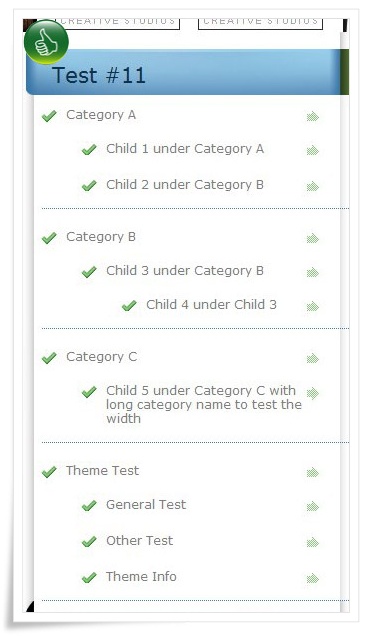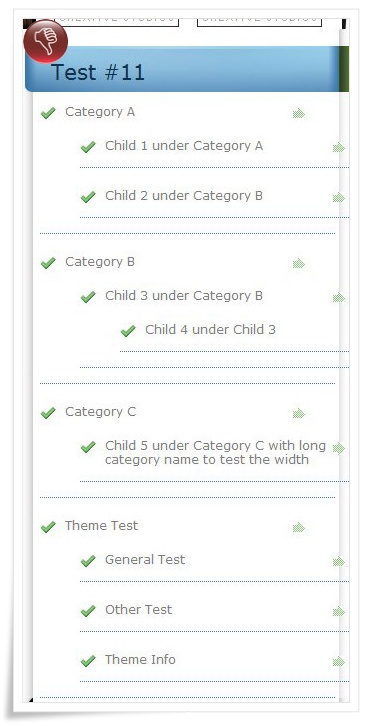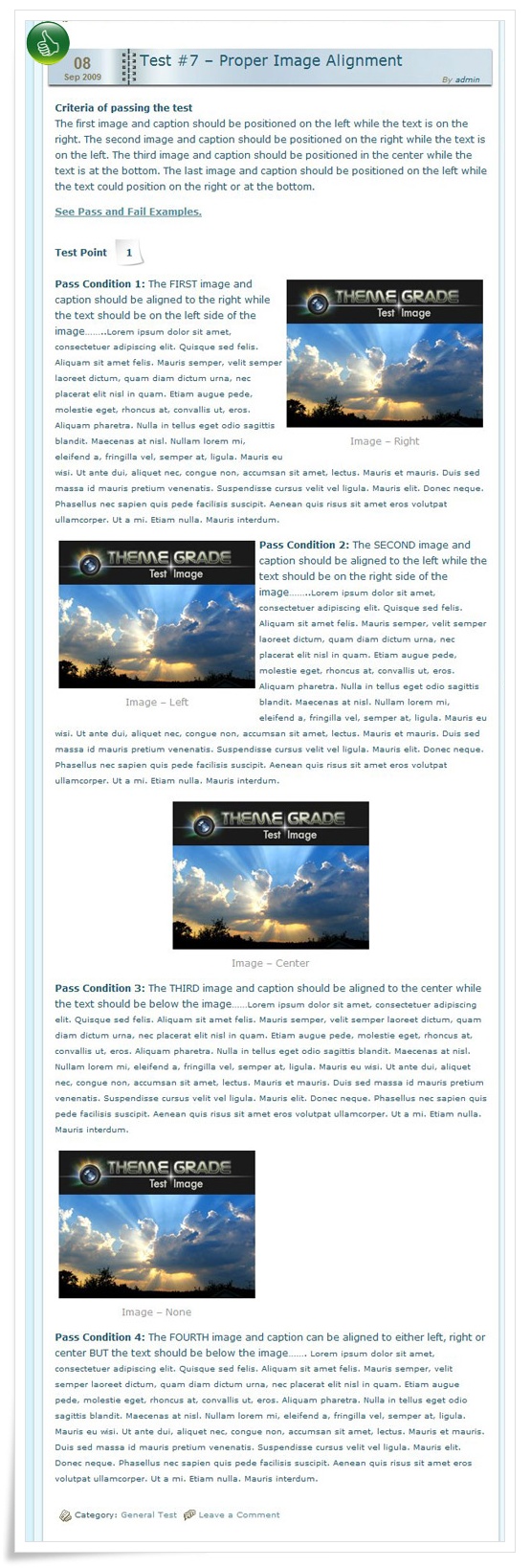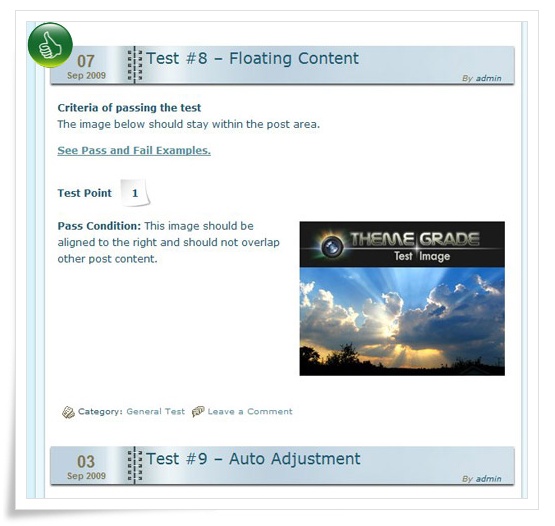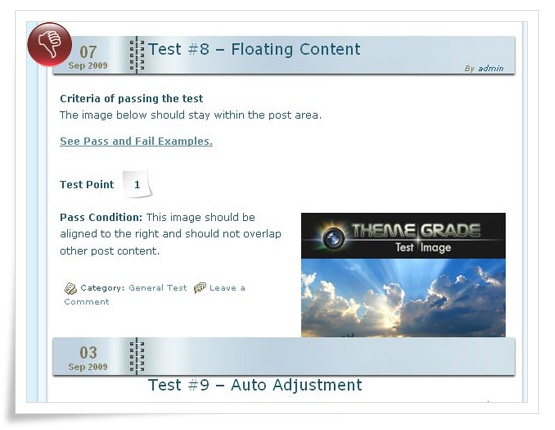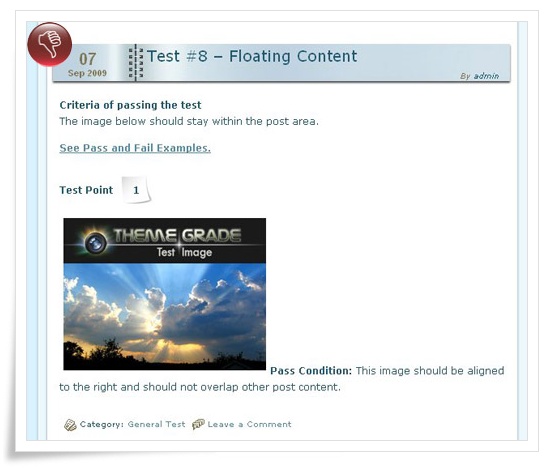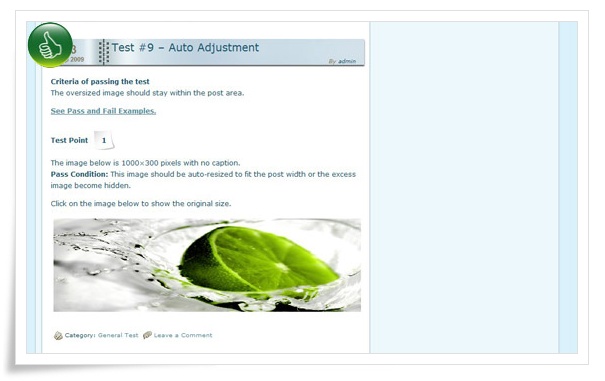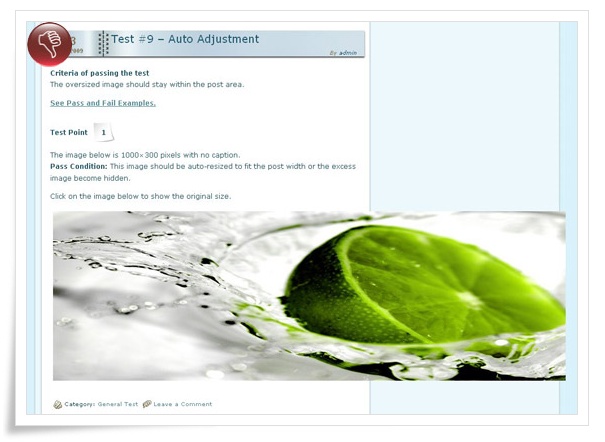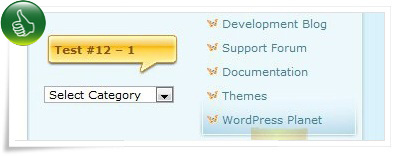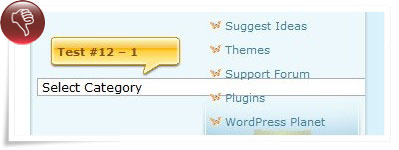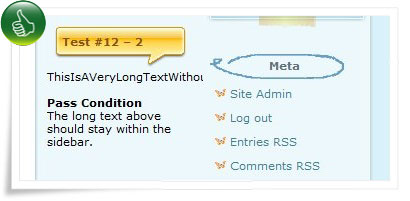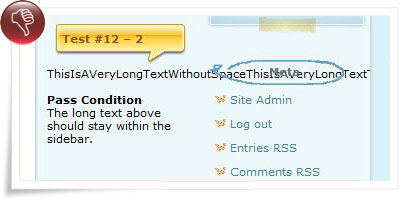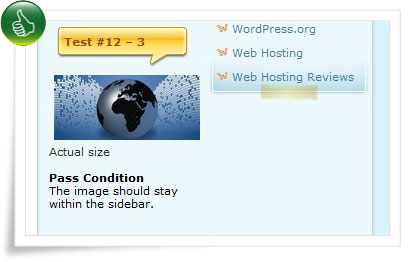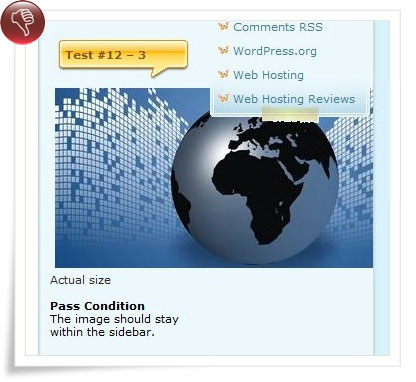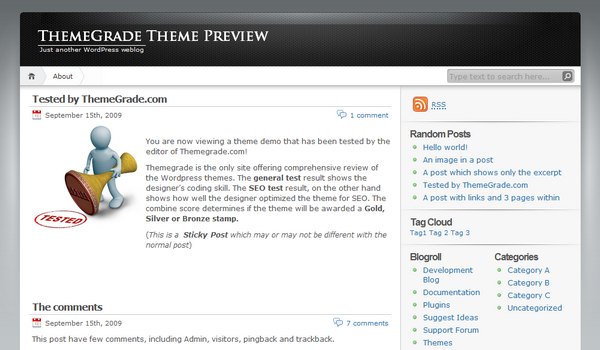We know what it takes to rank on major search engines using only the white hat SEO.
If you want fast and temporary results, you are referring to the black hat SEO and this service is not for you! We only deliver long-term SEO result at a very affordable price!
First of all, we strongly believe that you need to know the basic of SEO before engaging any SEO services. Why? Because it is easy to get lured into paying for services that don’t deliver as promised or you are paying TOO MUCH for the service.
Let’s get down to the basic.
Broadly speaking, there are only two things to consider if you want to rank for a particular keyword: on-page SEO and off-page SEO. On-page SEO is how well your page is optimized for search engines while off-page SEO is the links (or backlinks) you get from other sites. We call this process SEO link building.
What do you need to know?
On-page SEO service cost much less than the off-page SEO service. In most cases, the SEO team needs just a few days (sometimes hours) to optimize the page (on-page SEO). On the other hand, it can take months and even years to work on the off-page SEO.
Things you need to be aware of SEO service
Do not pay for the on-page SEO for more than $200 per page.
For an SEO expert, it normally takes less than half a day to research the keywords and probably another half a day to implement the keywords to a page. If you already have your own keywords to target, you can save up to half the money.
For non-competitive keywords in which few people are targeting, you can get them on the first page of search engines by optimizing your page WITHOUT any link building. On the other hand, if the keywords are competitive, you need to optimize your page both on-page and off-page.
One way to know whether the keywords you are going to target are competitive or not is to use the Google keyword tool. Enter your keyword in the box and you’ll get the number of searches in the previous month and the monthly average. In general, keywords with less searches are less competitive and easier to rank but keep in mind that there are some exceptions and you can’t depend on this tool alone.
What do you need to know?
Firstly, if you have your own set of keywords to target, you can save some money. Secondly, you need to know how competitive the keywords that you are going to target are. If the keywords are not competitive, you can do without any link building.
Things to be aware of the SEO service
SEO companies know how competitive the keywords that you are going to target. If you know that your keywords are not too competitive, you only need to pay for the on-page SEO service and probably a few links. DO NOT pay for more than $200 for one non-competitive keyword.
Avoid SEO companies which
1) promise link back from 1000 (some even 10,000) websites within a short period of time
2) charge you for search engine submission
3) promise to get your site on the first page of search engines within 1 month.
![]()

